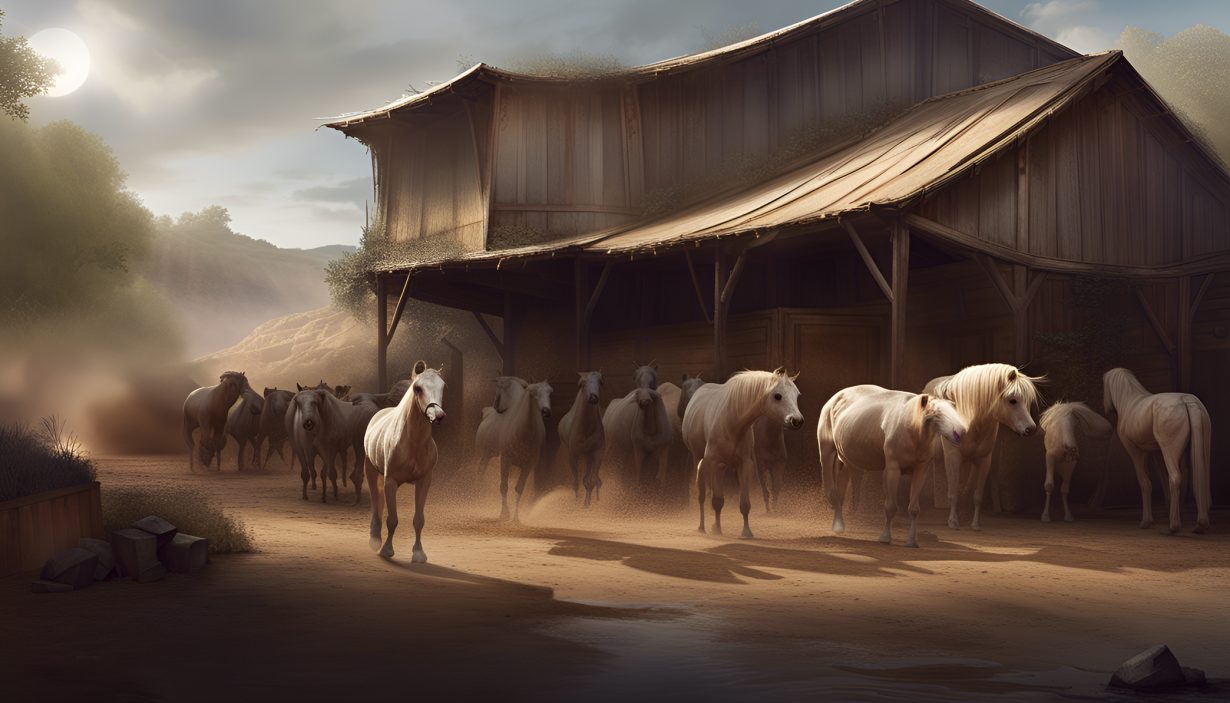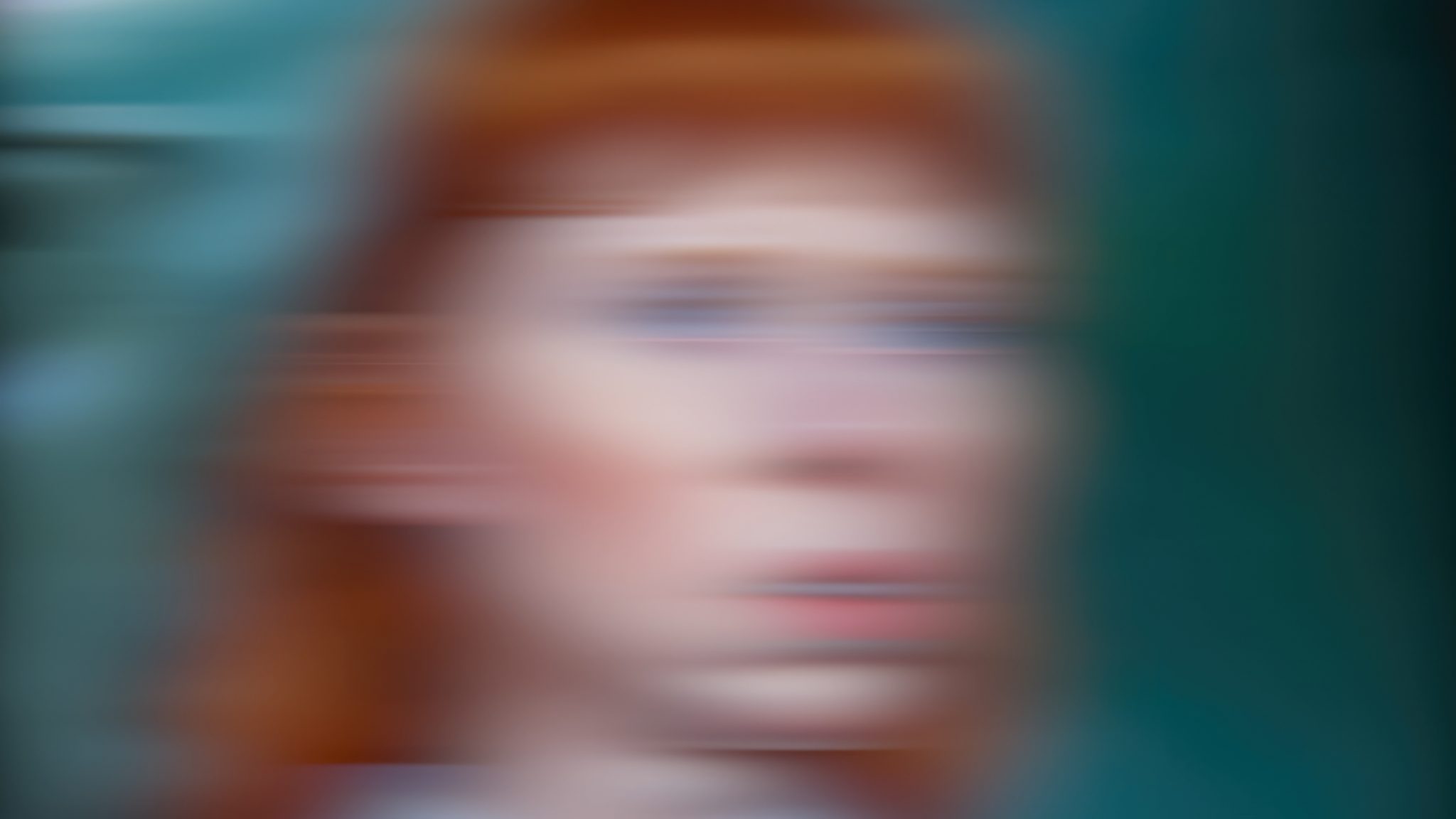An exhibition at Centre Pompidou explores the art-making process, and what can instigate it
As an exhibition – a collaboration between Centre Pompidou and KADIST – that explores how artificial intelligence informs the creation of art, it would be tempting to dismiss the works in Apophenia as a collection of AI party tricks. What is Éric Baudelaire’s three-way AI conversation, Tales of Narrativelessness (2024), if not a less entertaining version of the quarrelling chatbots devised by research students at Cornell University in 2011? But like many of the pieces in this exhibition, it serves as an experiment: if I feed this to the machine, what will come out of it? Agnieszka Kurant used GPT2 and GPT3 write ups based on her work to produce holographic 3D animations. Among the AI’s imaginings of what Kurant’s future work might look like is a hologram of a heat pump sprinkling water onto a pewter tree trunk (Errorism, 2021). Auriea Harvey’s Black Ship (2024) consists of a 3D-printed sculpture of a ship propelled through the waves by enslaved Africans, accompanied by a mural representing the sculpture’s shadow, and a geolocated augmented reality experience. The work is a result of conversations about slavery and slave ships Harvey conducted with an early version of the AI image generator Midjourney before the word ‘slave’ (among many others) was banned as a prompt word.

As experiments, then, these works are about the art-making process, specifically what instigates it. John Cage tossed coins to make his music of chance. André Breton went into trances. The grab-bag of associations that AI models conjure out of vast quantities of datasets they’ve been trained on is the new surrealist collage, and the artistic divine spark now lies in the black box of artificial neural networks – at least that is what Apophenia would have us think. If the new horizon of AI is, paraphrasing Hito Steyerl, the ‘uncensored irruption of new links, irregular inference and problem-solving insights’, then what might it mean to learn that, in 1958, psychiatrist Klaus Conrad chose to name early-stage schizophrenia ‘apophenia’? Apophenia is a condition whereby one makes meaningful links and patterns between unrelated things. More than humans prompting machines, Apophenia posits that machines’ neural-networked delusions might prompt humans to be creative.
Some works in the exhibition are serendipities produced wholesale from commercial generative AI models. But Holly Herndon and Mat Dryhurst take their artmaking down into the engine room of AI by training them with their own carefully cultivated datasets. From this methodical yet still aleatory process arises the moving images that billow and flicker across a monitor screen to Herndon’s spoken memory of a coma (I’m Here 17.12.2022 5:44, 2023).

When Herndon says that she thought that she had died, the AI responds with an image of her head and body parts strewn over an arid, Salvador Dalí-like landscape. To a lesser degree, the collective Interspecifics also gets under the hood of its AI model in Volcanic Studies (2023). Prepping it with carefully defined historical databases, the group asked their generative model to simulate materials documenting an ancient volcano eruption in Mexico. Texts, maps, charts and surveys of the invented volcano seem real and archival, their fictiveness oddly brought to the fore by the claim that the photolithographic plates were printed using real volcano ash. The ash in the ink is falsified evidence of something that never happened – a glitch in the transposition between the fiction and ‘fact’ of a volcano explosion. Are all our memorialising processes as fragile? And, how much of our own history is made up of an invented past?
Ho Rui An worries more about a dismembered history than a fictionalised one: in ingesting and mashing up historical images, AI can produce confabulations drained of meaning and value. His installation, lecture and film Figures of History and the Grounds of Intelligence (2024) spin cybernetics, colonialist strategy, late capitalism and the history of the Malay peninsula around Marshall McLuhan’s concept of the ‘Global Village’, the cultural condition of an electronically interconnected world. The largescale backdrop to Ho’s two-screen video is a mistily airbrushed barn which looks like it is about to fall over and is surrounded by crooked horses casting nonsense shadows under a full-moon sun. It’s an image out of joint. In his lecture, Ho speculates about the beginnings of an artificial neural network breaking down, an AI so overburdened by representation that the best course of action might be to no longer try to represent anything at all.
Apophenia, Interruptions: Artists and Artificial Intelligence at Work at Centre Pompidou, Paris, through 6 January
From the November 2024 issue of ArtReview – get your copy.
